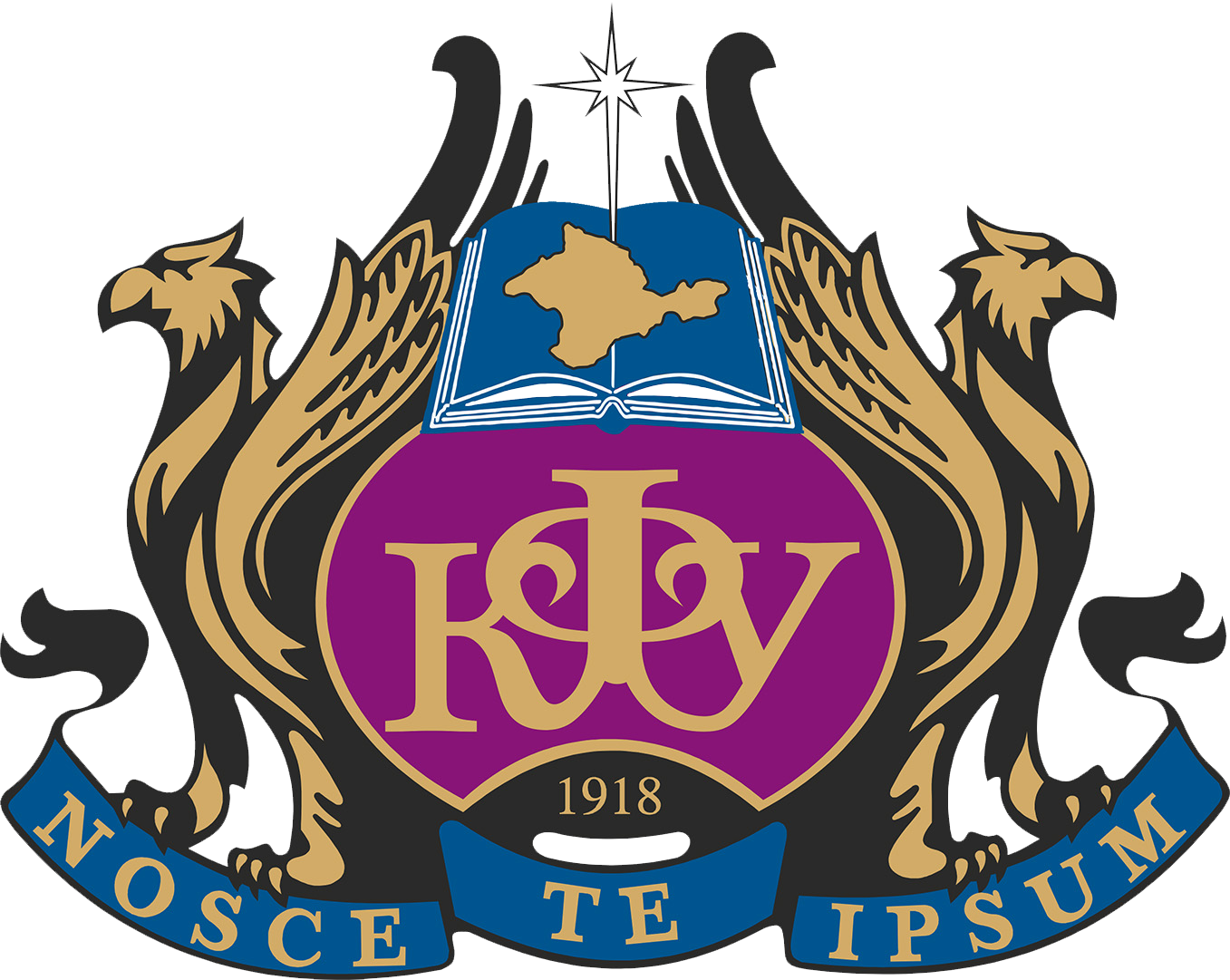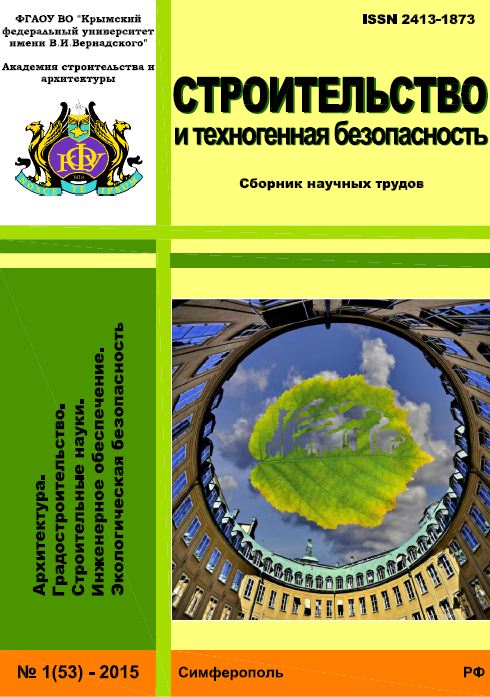Experimental data are presented on changes in the compressive strength of heavy concrete using sulfate-resistant cement, Crimean aggregates and additives based on polycarboxylate ethers when kept in an aggressive environment - liquid from water treatment facilities in an urban-type settlement Gvardeiskoe, Simferopol district, Republic of Crimea. Compositions of heavy concrete have been developed using hyperplasticizing (polycarboxylate) additives that are capable of increasing their physical and mechanical characteristics over time when operating in aggressive environments. It is relevant to further develop the theoretical and experimental foundations for the production of cement concrete using the latest generation of superplasticizing additives based on polycarboxylates for wastewater treatment and recreational facilities. The durability of cement concrete is a key issue when using it in wastewater treatment and recreational facilities. Cement concrete can be susceptible to sulfate corrosion. Sulfates have a complex mechanism of action on the chemically active component of concrete - cement stone. Sulfates have a complex mechanism of action on the chemically active component of concrete - cement stone. The corrosive effect can increase or decrease depending on the concentration of aggressive components, with varying levels of exposure to salt solutions on the concrete structure, periodic drying, and partial immersion. This is due to the fact that the chemical processes of interaction between an aggressive environment and cement stone in concrete are influenced by physical processes of mass transfer of soluble components and crystallization of corrosion products or soluble components, which can accelerate or inhibit chemical processes. The parameters of the strength characteristics of the optimized compositions at different periods of strength gain have been established, and the average density and water resistance of the optimized concrete compositions have been established.
polycarboxylate, sulfate-resistant cement, aggregates, concrete, strength, additives, composition
1. Yu.M. Bazhenov. Tehnologiya betona. - M., izdatel'stvo ASV, 2003. -500s.
2. A.E. Sheykin, Yu.V. Chehovskiy i dr. Struktura i svoystva cementnyh betonov. - M., Stroyizdat, 1978. – 3 44s.
3. GOST 24211-2008 «Dobavki dlya betonov i stroitel'nyh rastvorov. Obschie tehnicheskie usloviya».
4. GOST 7473-2010 Betonnye smesi. Tehnicheskie usloviya.
5. GOST 10180-2012 Betony. Metody opredeleniya prochnosti po kontrol'nym obrazcam.
6. GOST 10181.2-12. Smesi betonnye. Metody opredeleniya plotnosti.
7. GOST 310.4-81. Cementy. Metody opredeleniya predela prochnosti pri izgibe i szhatii.
8. EN 206-1:2000 Concrete - Part 1: Specification, performance, production and Conformity.
9. Himicheskie i mineral'nye dobavki v beton /Pod red. A. Usherova-Marshaka. -X.: Kolorit, 2005. -280s.
10. Instrukciya po primeneniyu dobavki kompleksnoy dlya betonov «Hidetal-GP-9» (giperplastifikatora). OOO «STK-Standart», g. Novozybkov, 2006.
11. GOST 24211-91. Dobavki dlya betonov. Tehnicheskie trebovaniya.
12. V.A. Ryazanova. Osobennosti sul'fatnoy korrozii betona v usloviyah napravlennogo vlagoperenosa.KiberLeninka:
13. Gusev B.V., Fayvusovich A.S. Osnovy matematicheskoy teorii processov korrozii betona. - M., 2006.-s.
14. B.V. Gusev, A.S. Fayvusovich, V.A. Ryazanova Razvitie fronta korrozii betona v agressivnyh sredah // Beton i zhelezobeton. - 2005. -№5. - S. 23-28.
15. K.I. Chizhik, N.V. Belookaya. Model' mikrobiologicheskoy korrozii betona v sistemah kanalizacii// Izvestiya vuzov. Investiciya. Stroitel'stvo. Nedvizhimost'. 2017. T.7, № 2, s-75-83.
16. Yu.M. Bazhenov «Tehnologiya betonov». – M., Izd-vo ASV, 2003 g. 500s.
17. Svisch I.S. Posobie dlya laboratornyh rabot po «Stroitel'nomu materialovedeniyu». Simferopol', RIO NAPKS, 2011, s -273.
18. Instrukciya po primeneniyu dobavki kompleksnoy dlya betonov «Hidetal-GP-9» (giperplastifikatora). OOO «STK-Standart», g. Novozybkov, 2006.
19. Avtor: Bazhenov Yu.M., Murtazaev S-A.Yu., Saydumov M.S. «Tehnologiya betona, stroitel'nyh izdeliy i konstrukciy». –Moskva.-Vologda. Izdatel'stvo: Infra-Inzheneriya, 2022 g.
20. Belov V. V., Kuryatnikov Yu. Yu., Novichenkova T. B. «Tehnologiya i svoystva sovremennyh cementov i betonov. Uchebnoe posobie. –M., 2014g. ASV, 278s.





